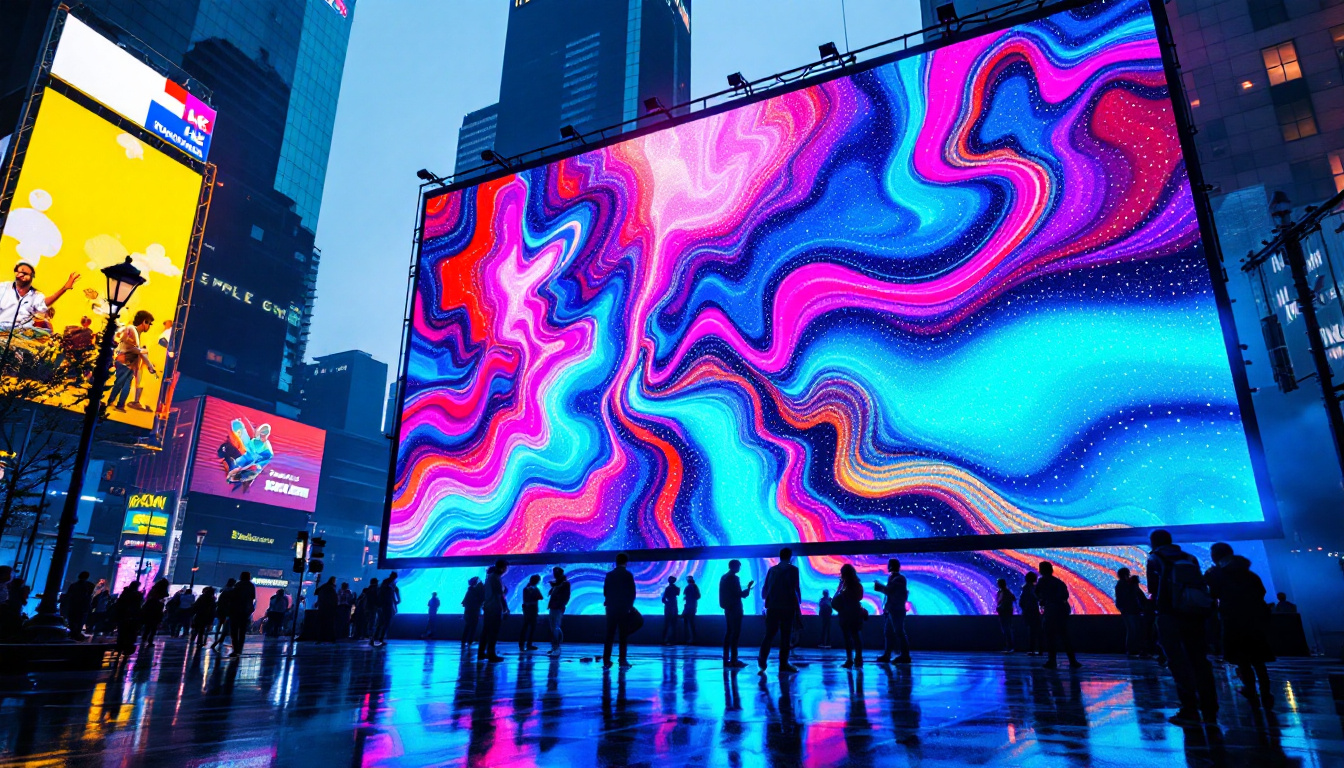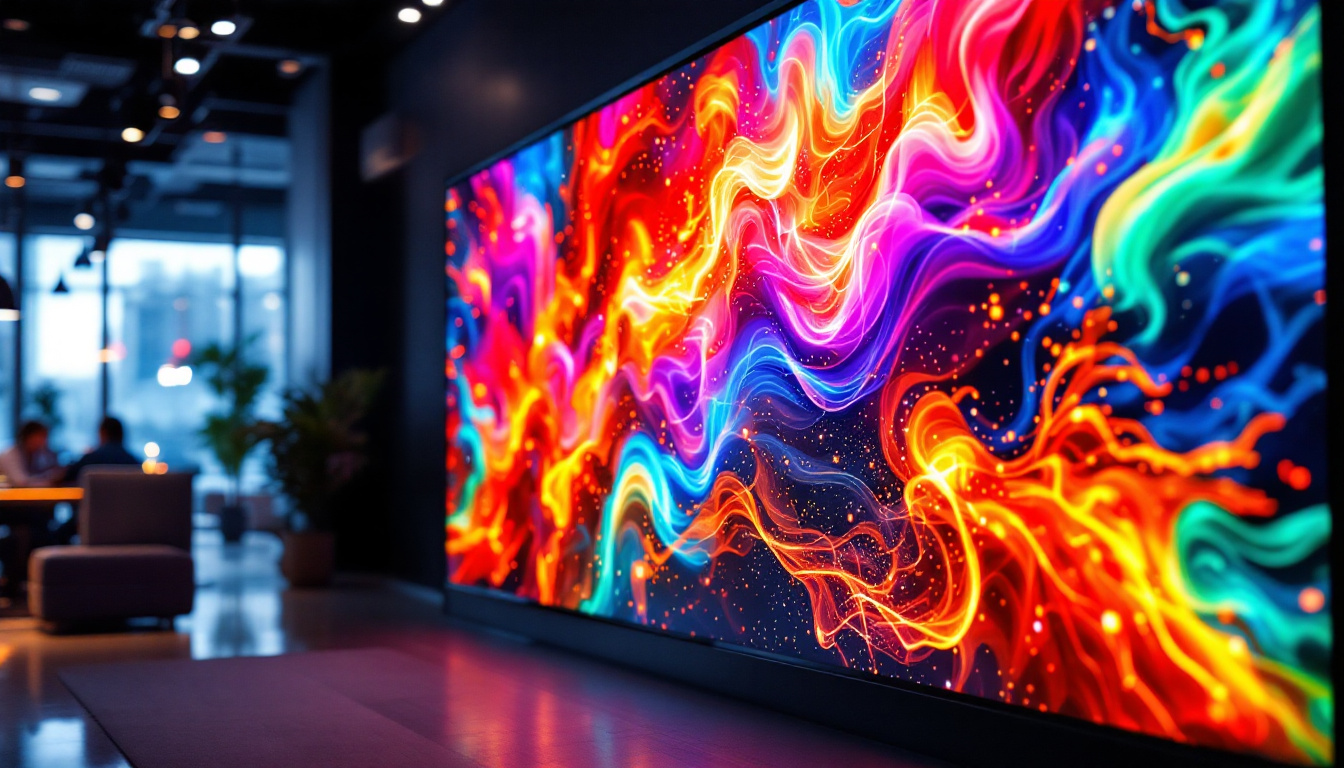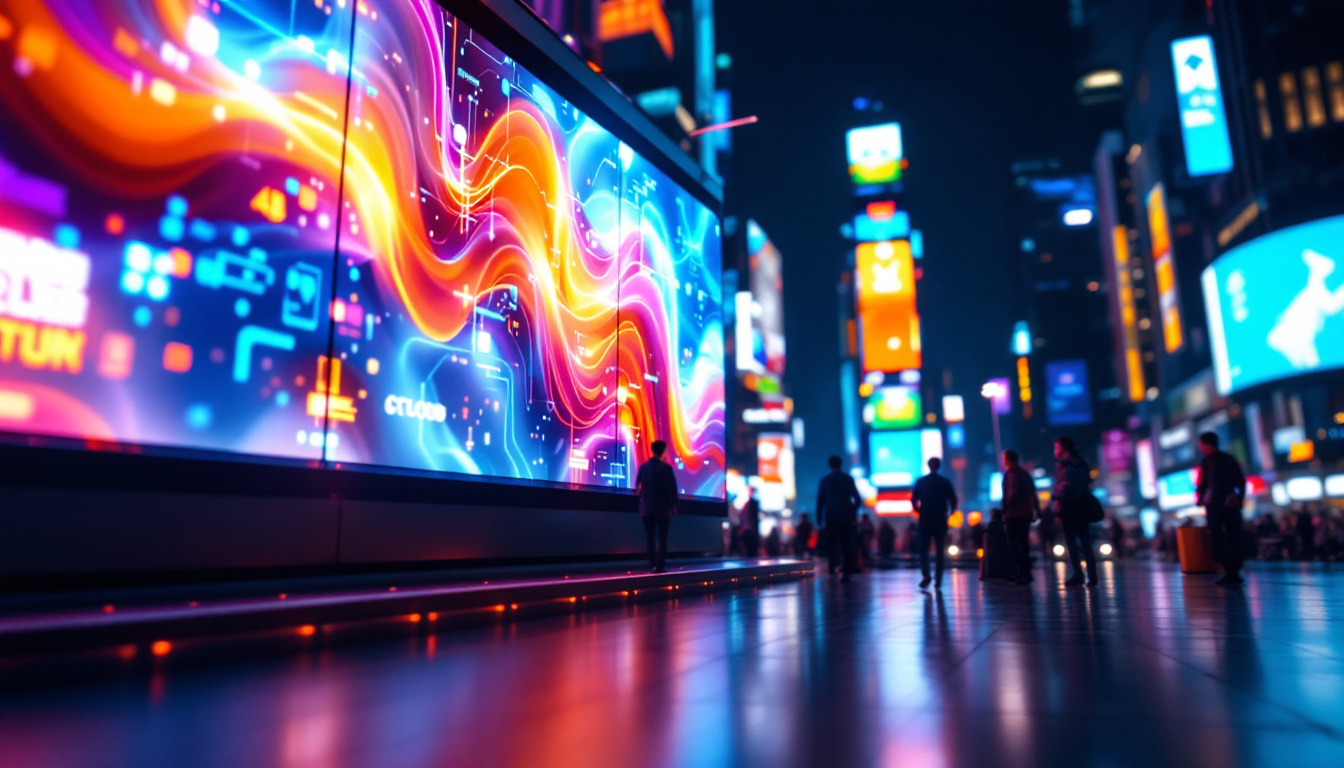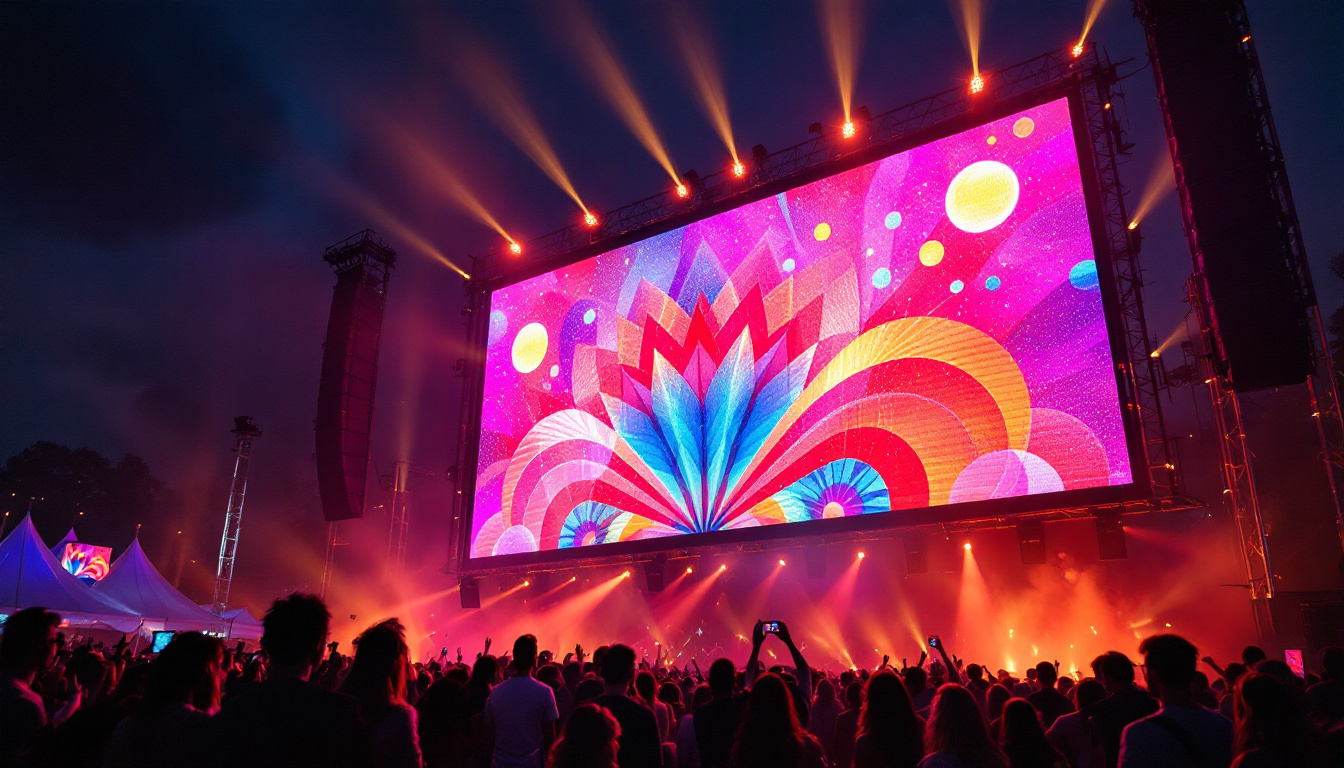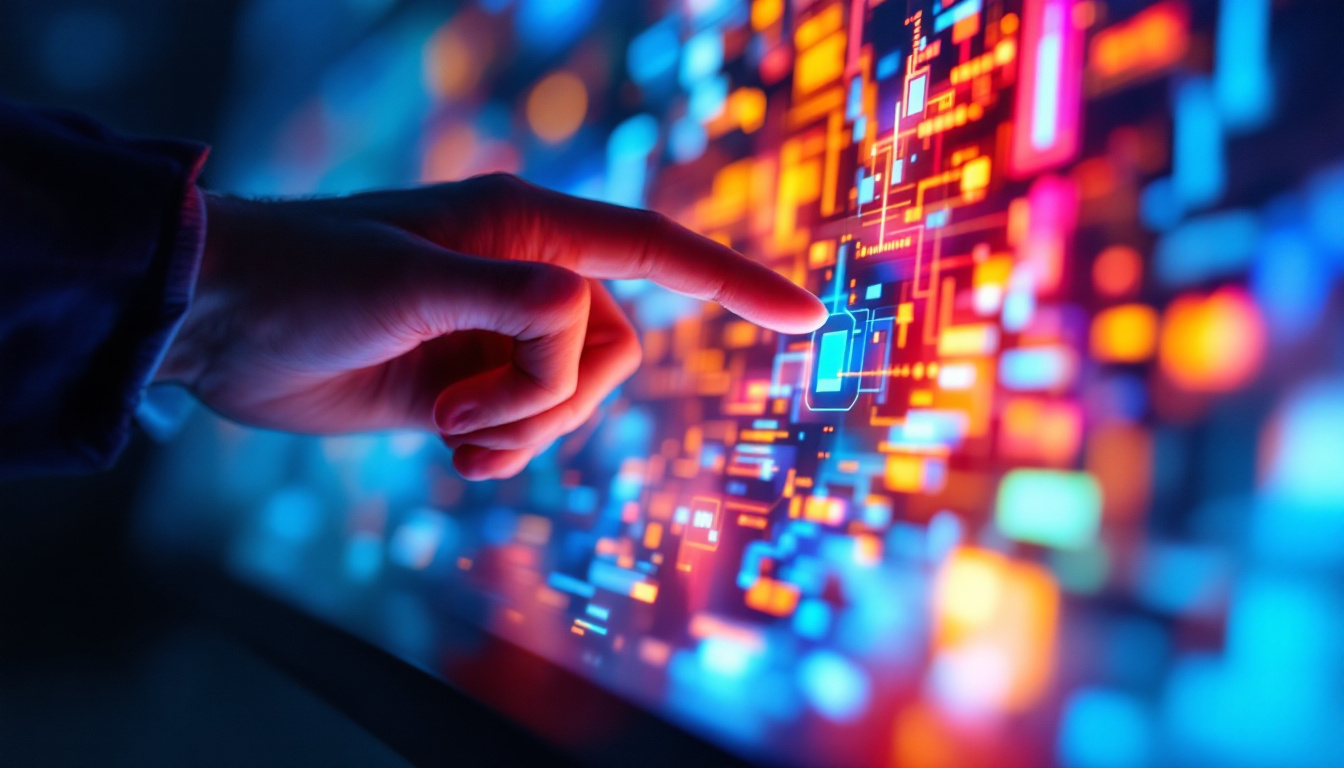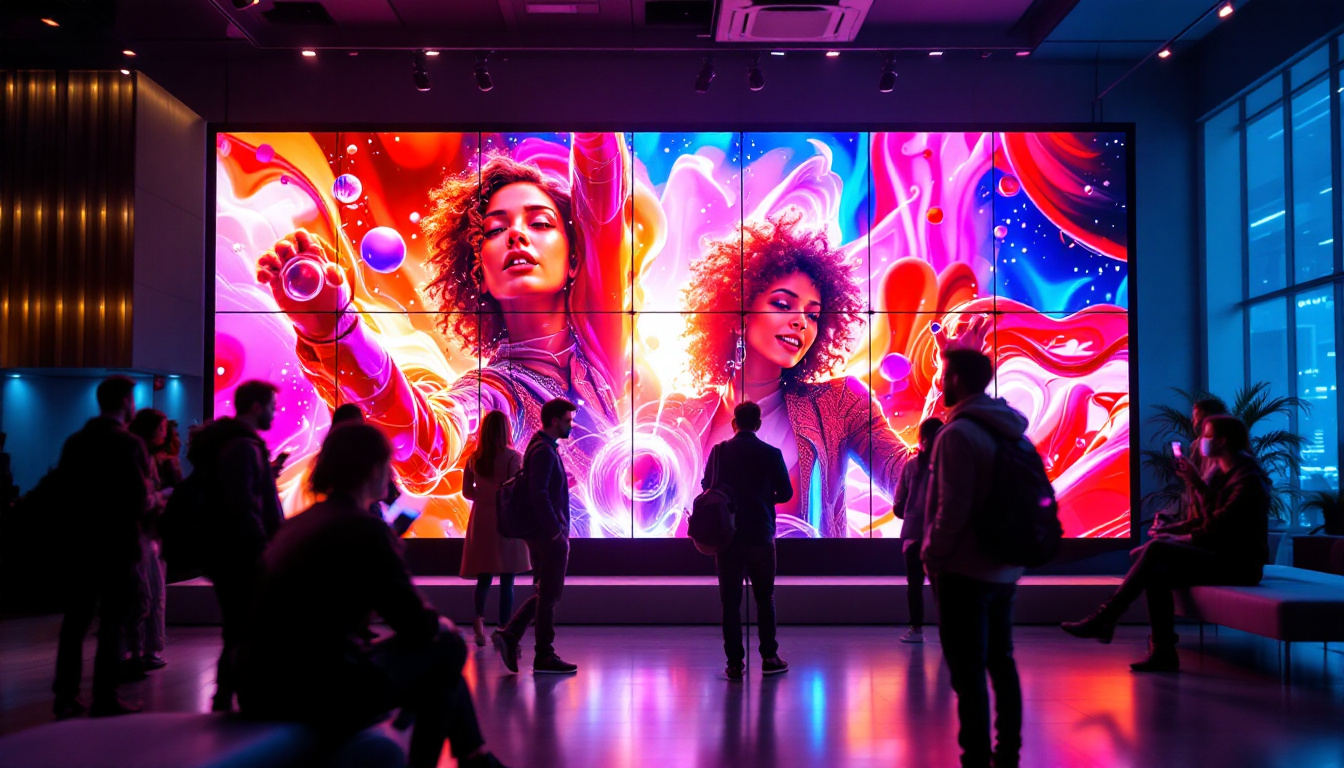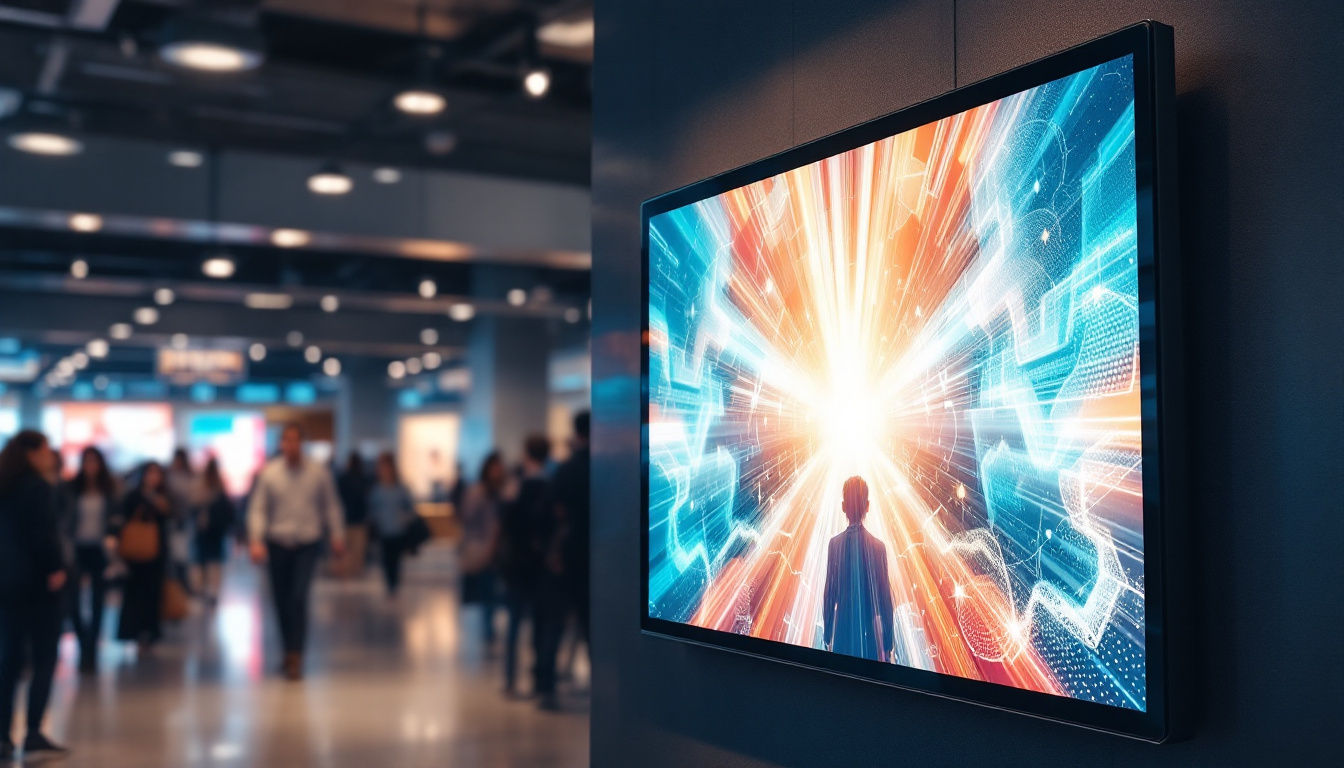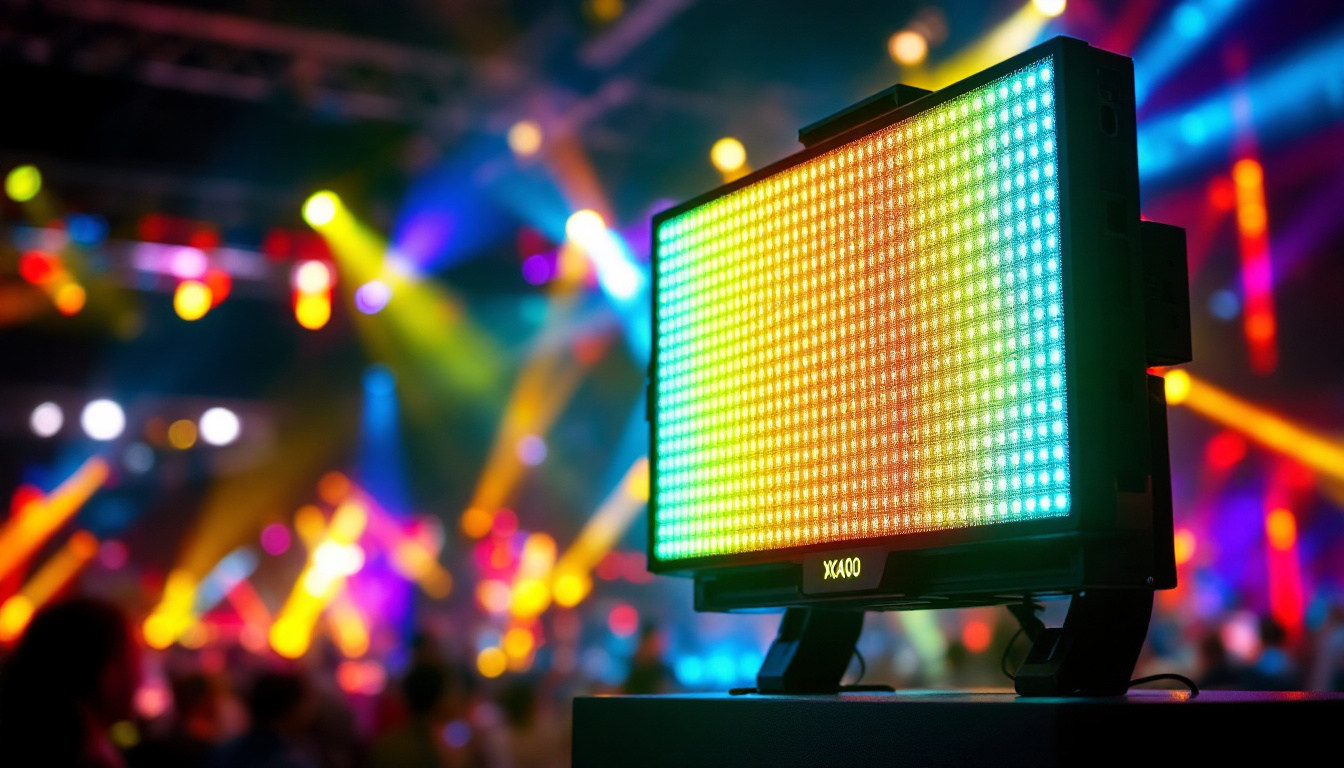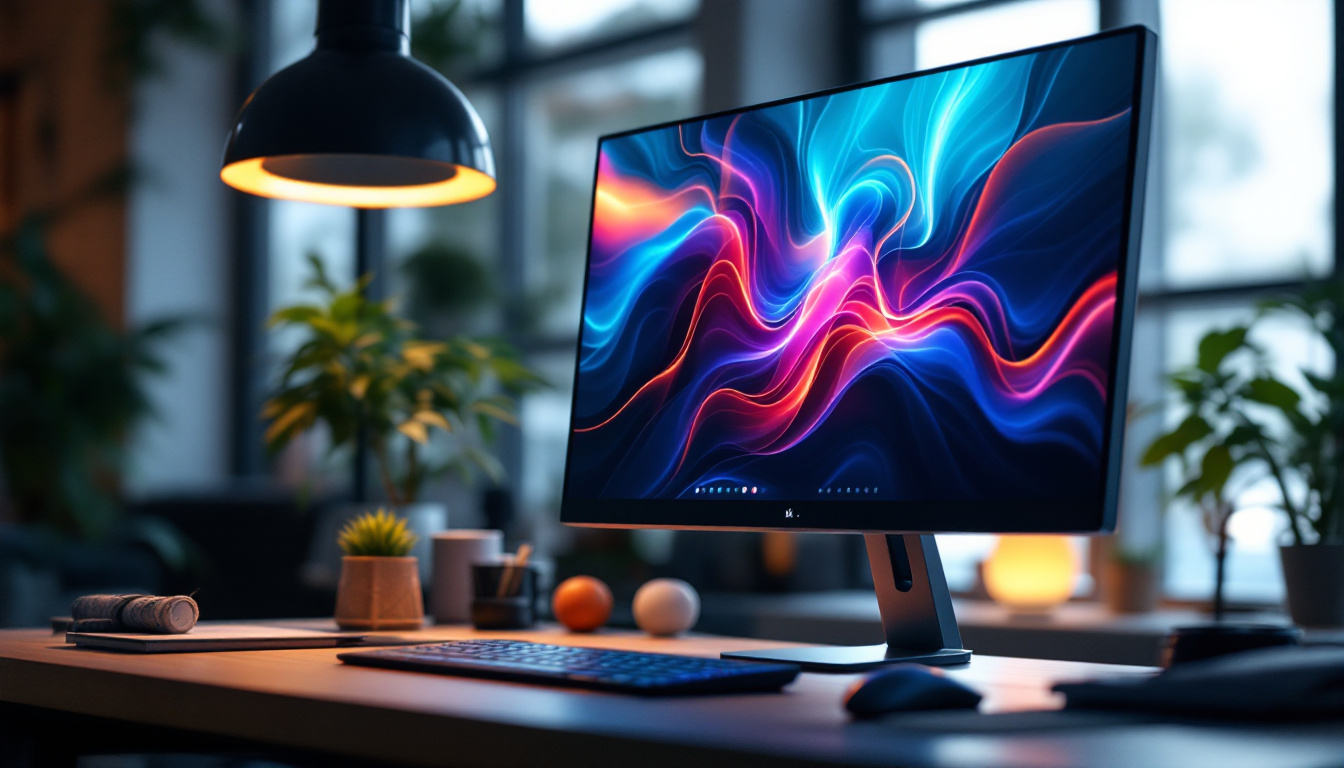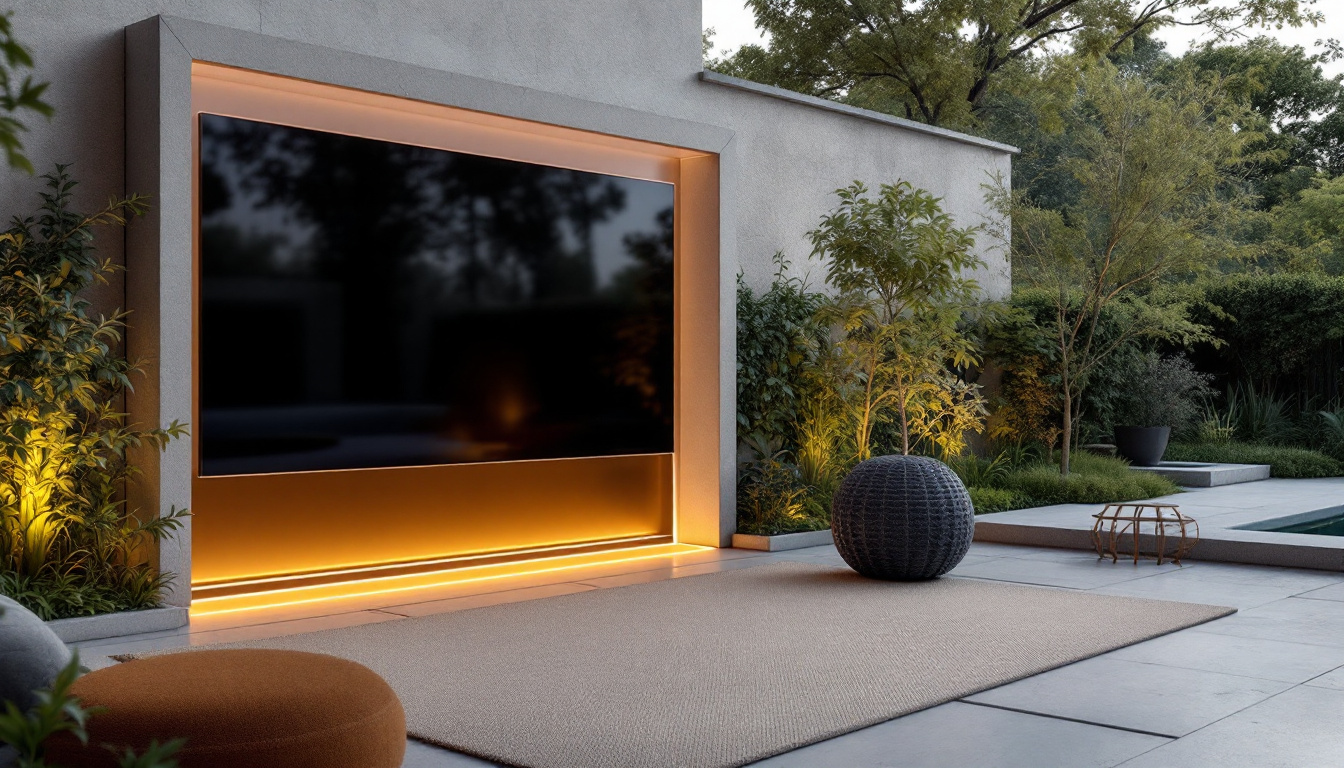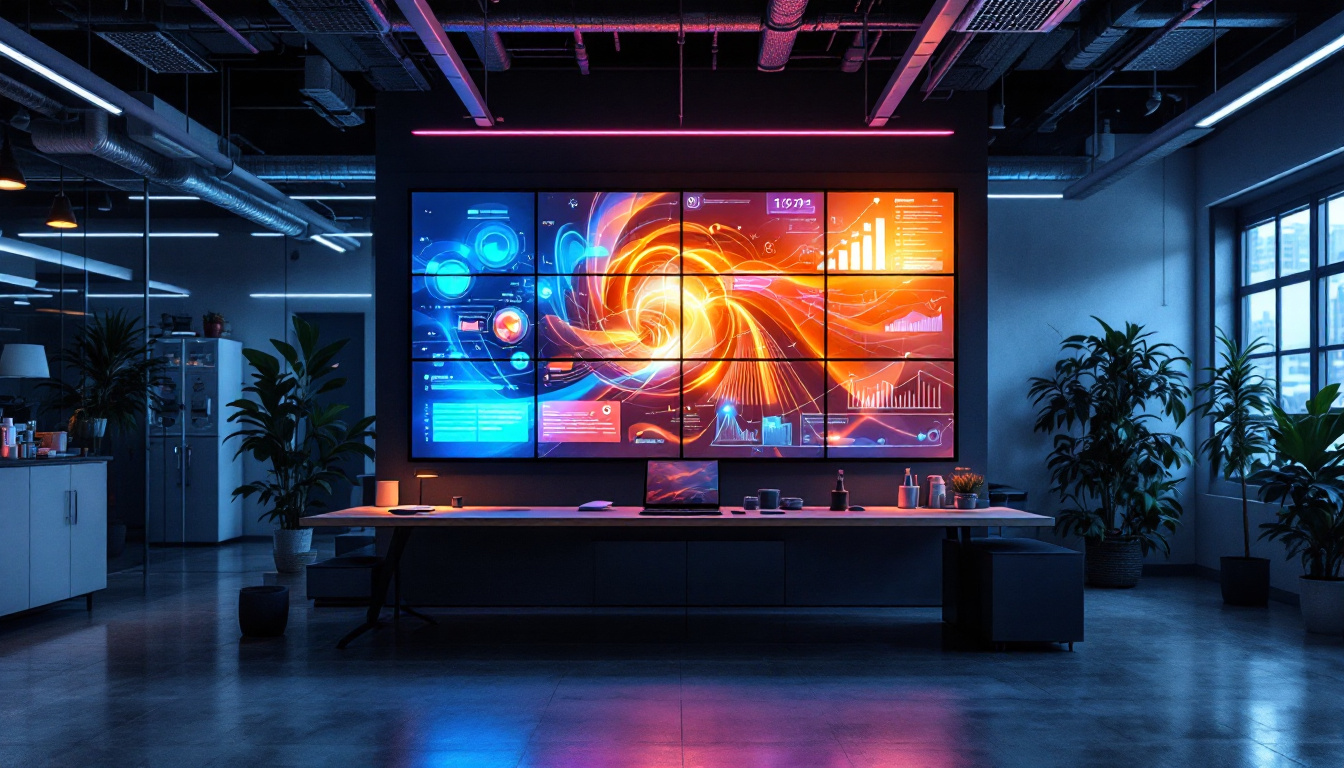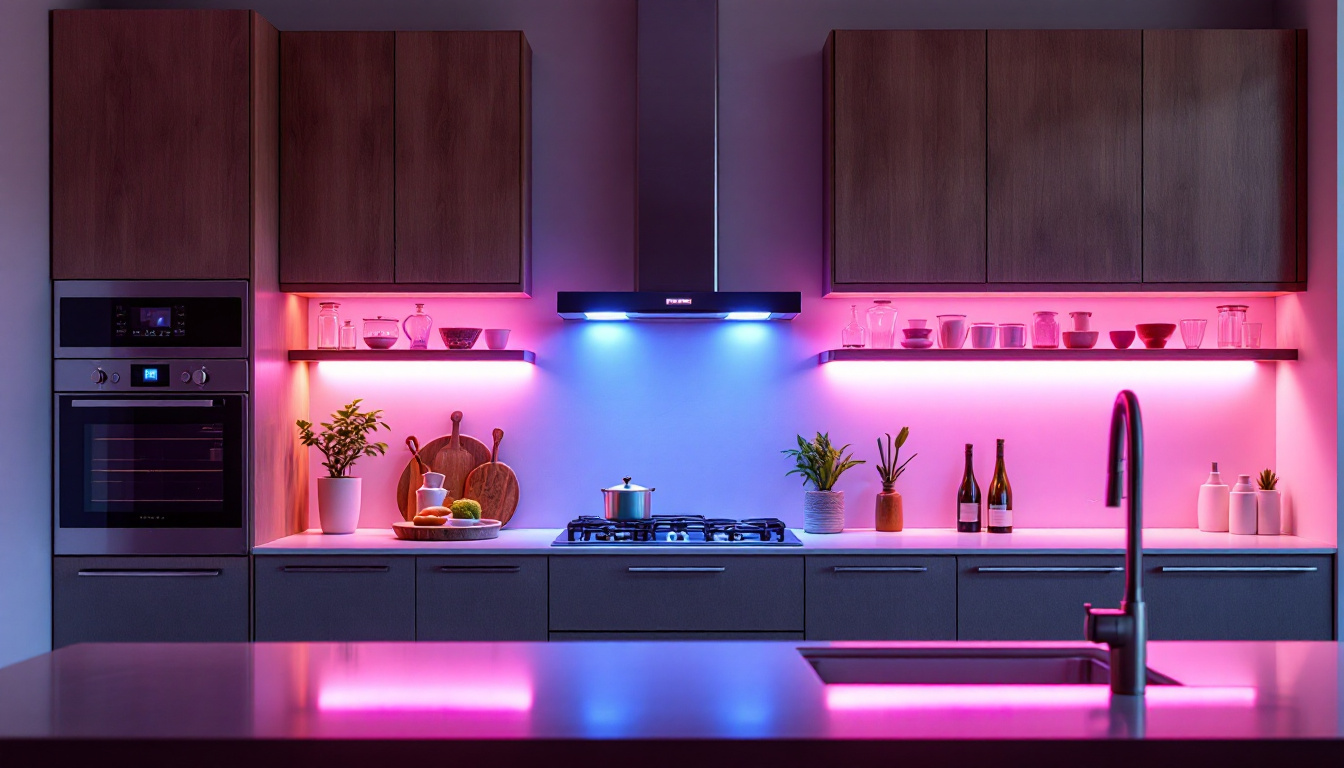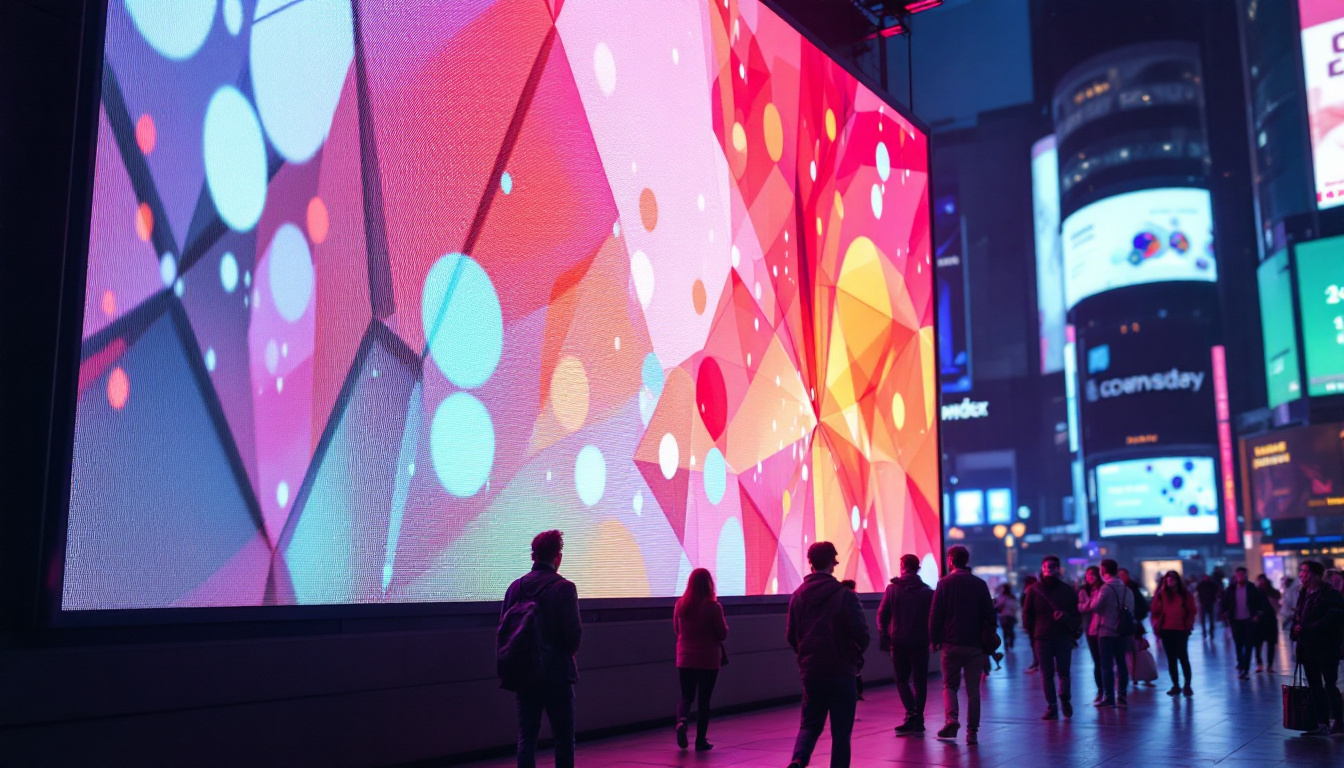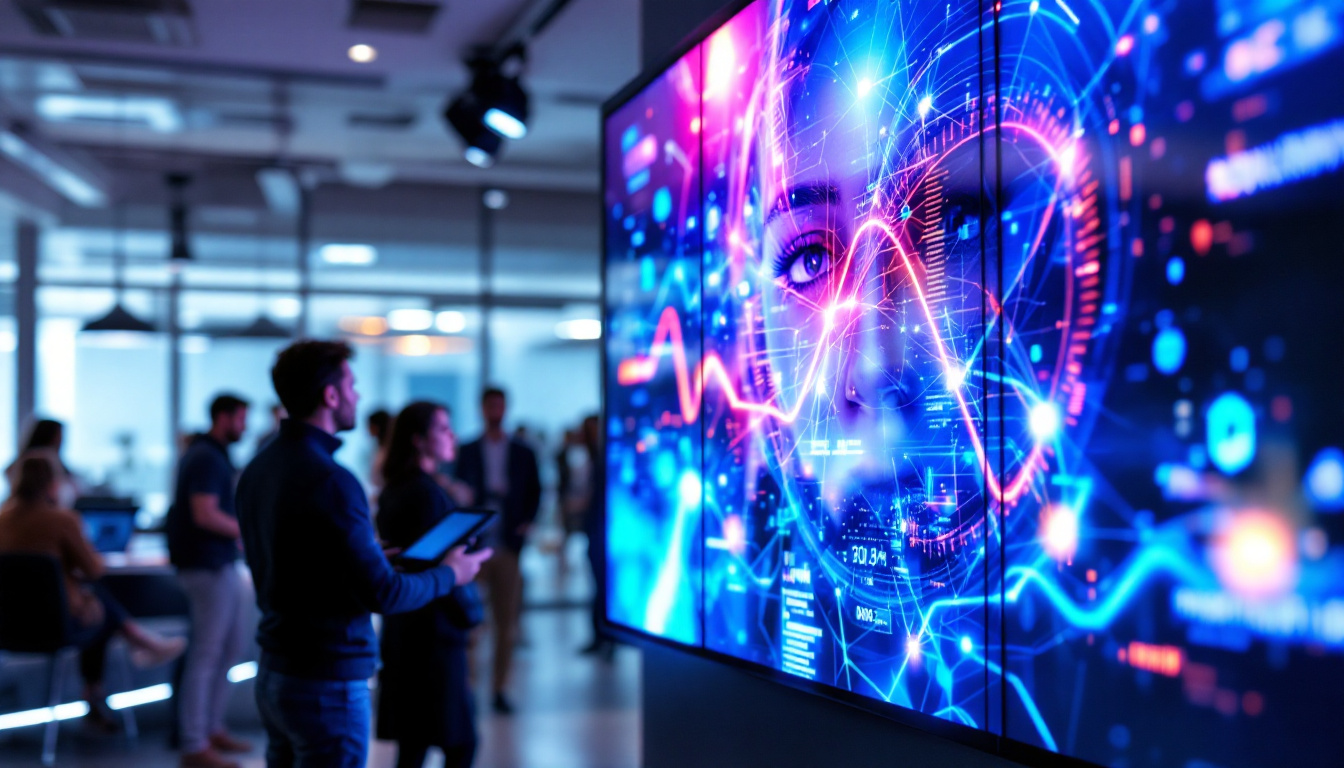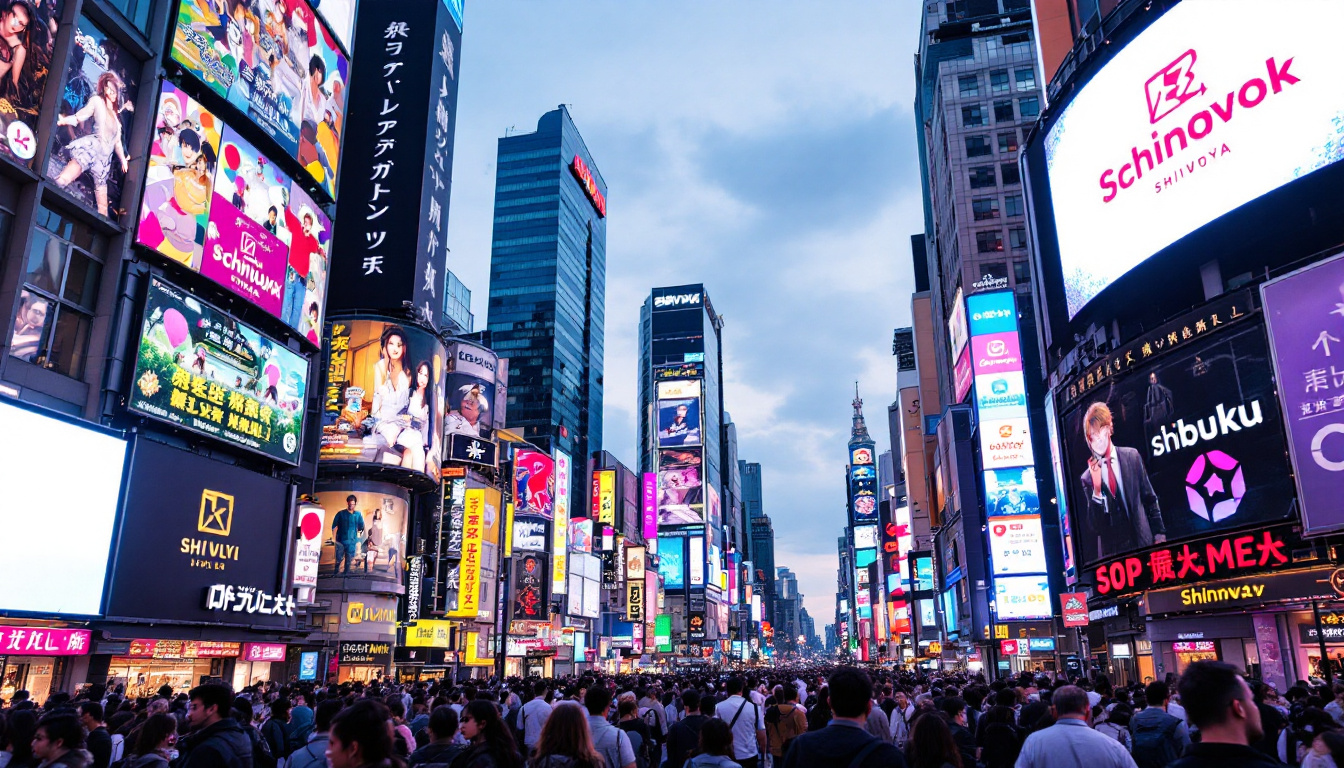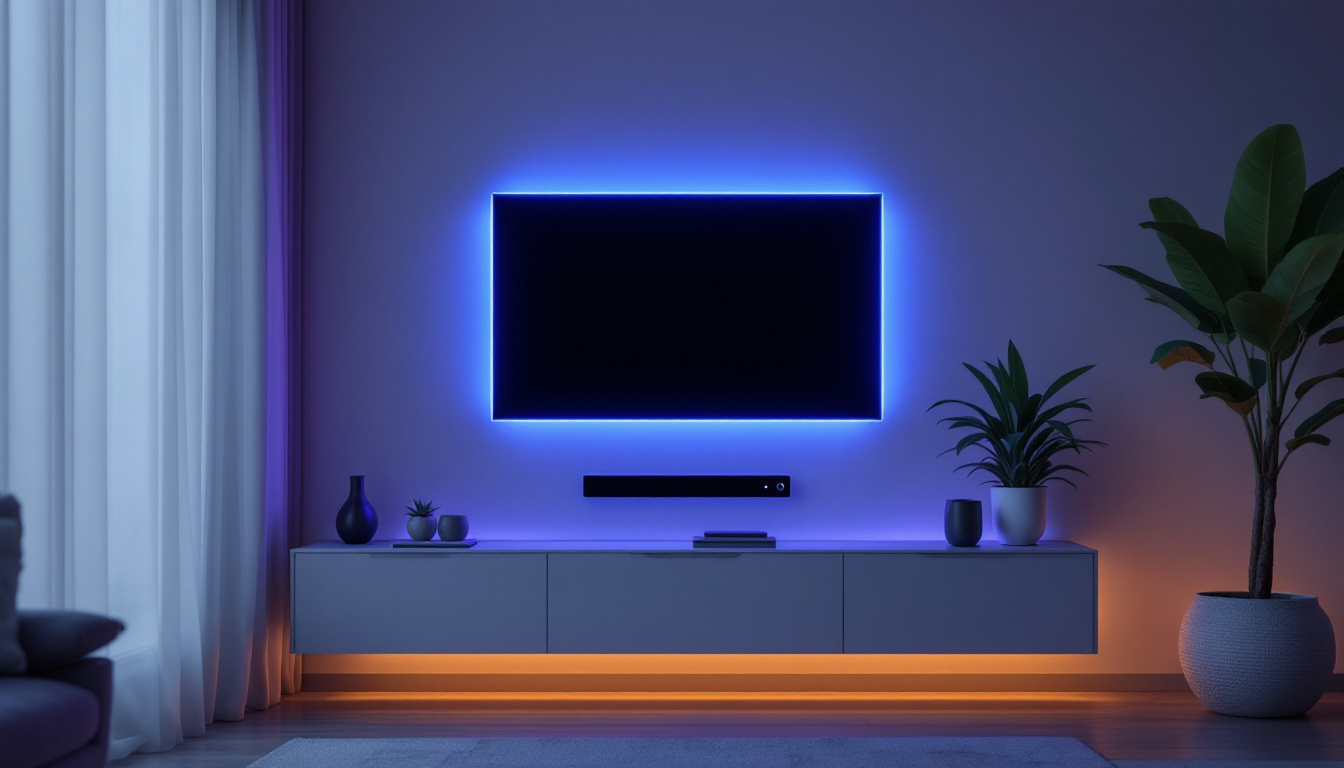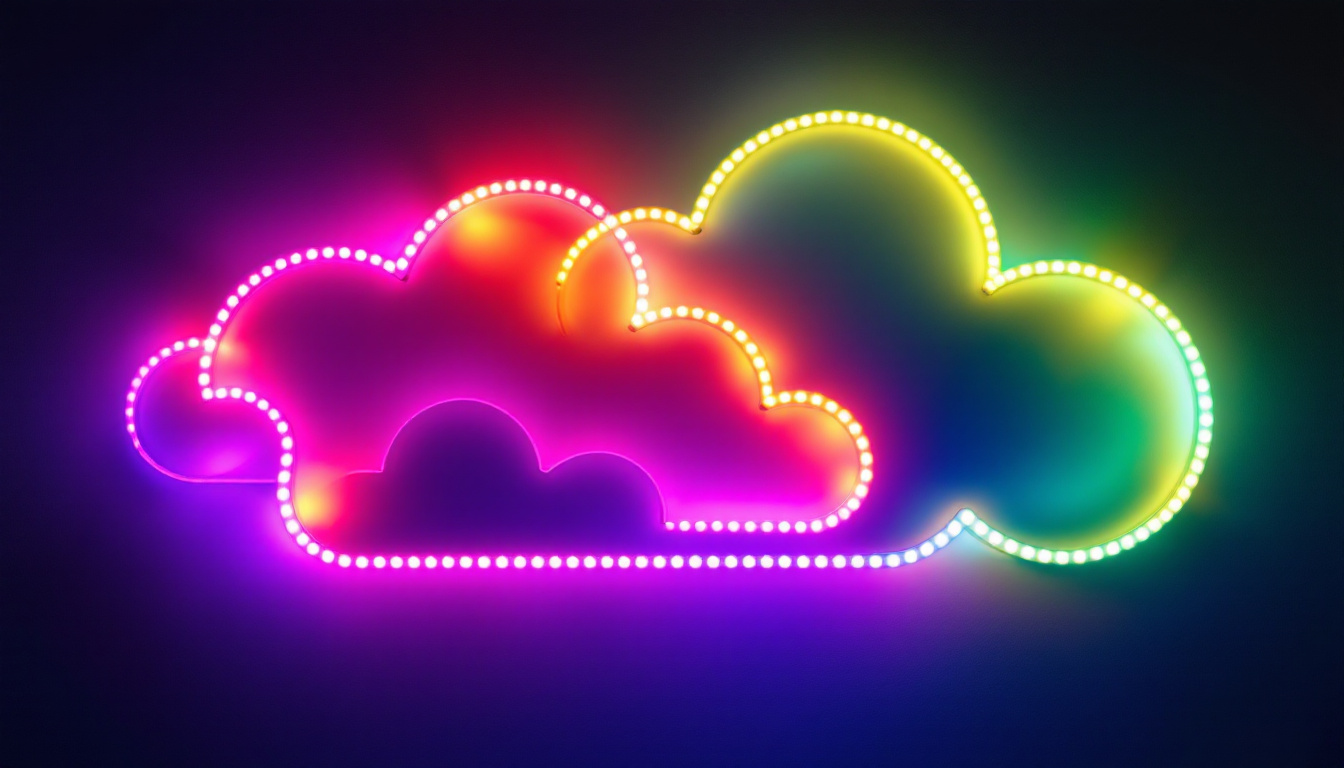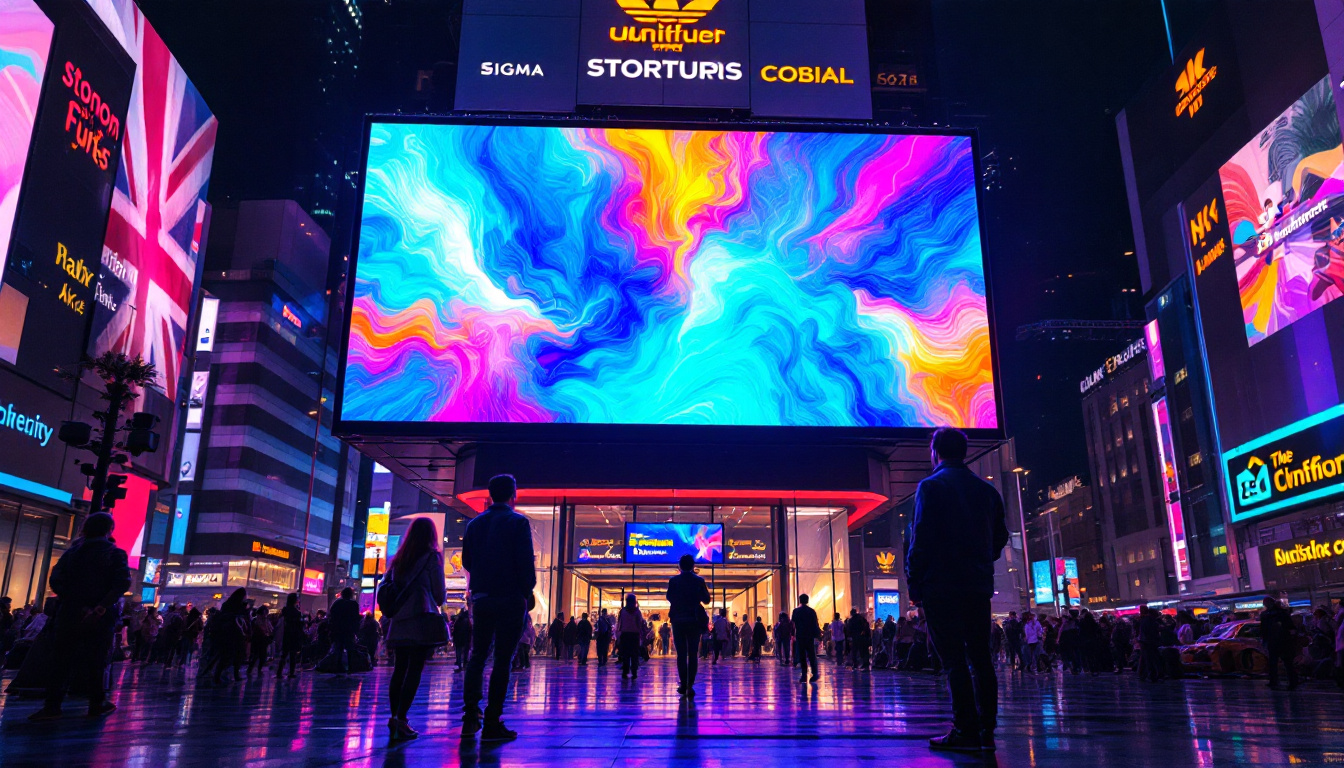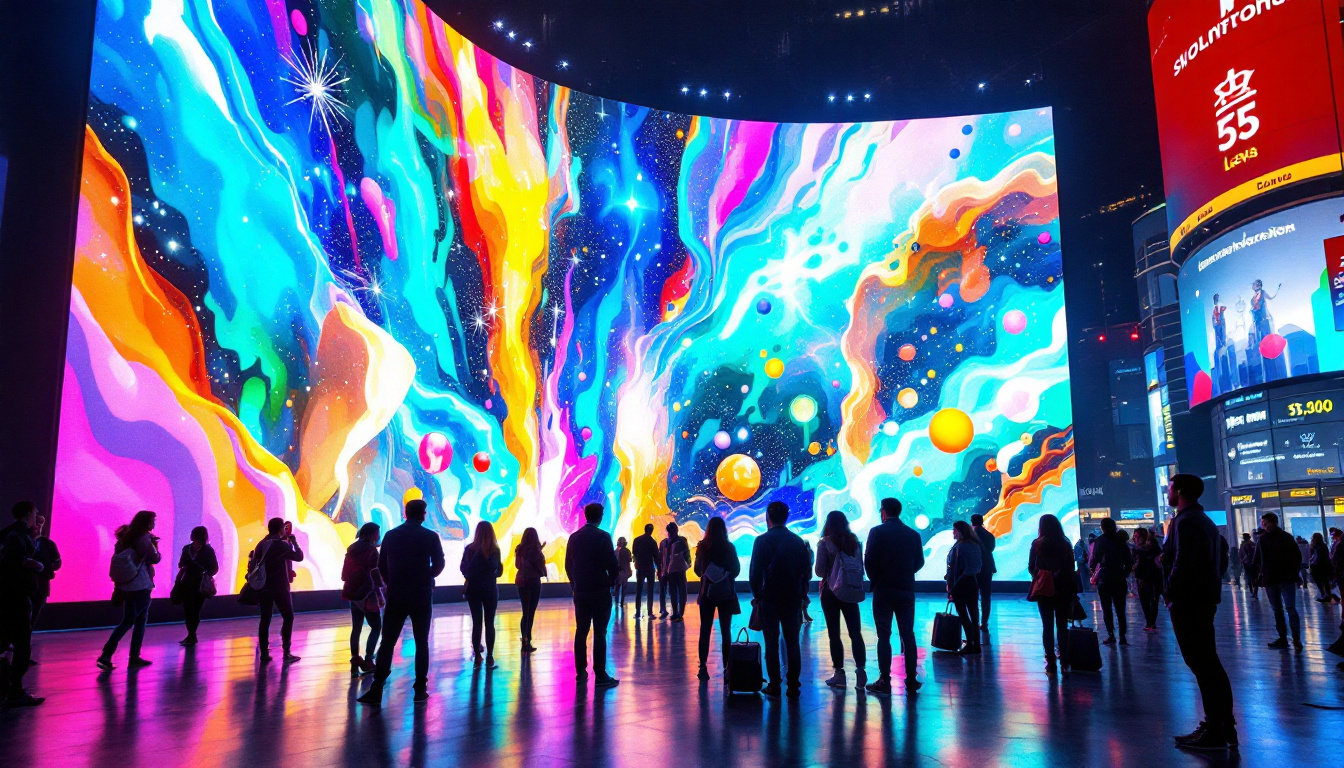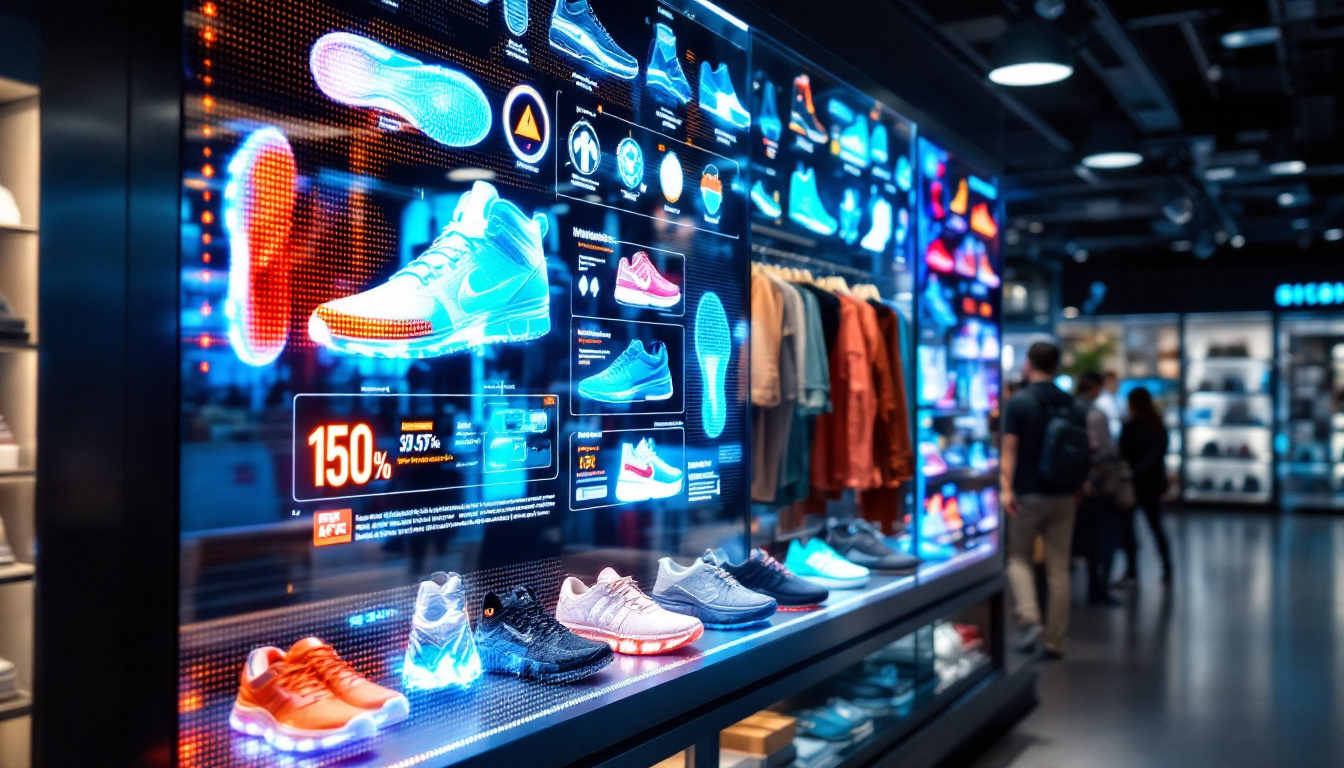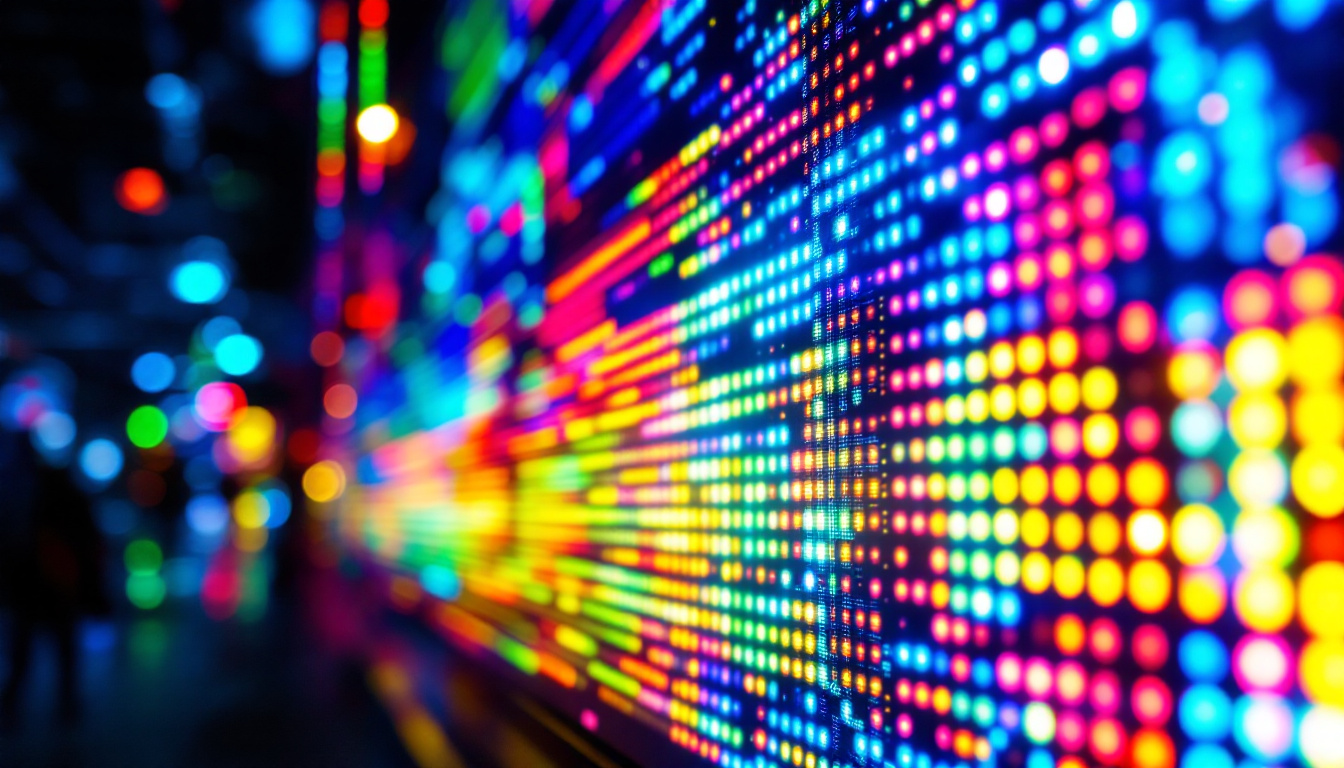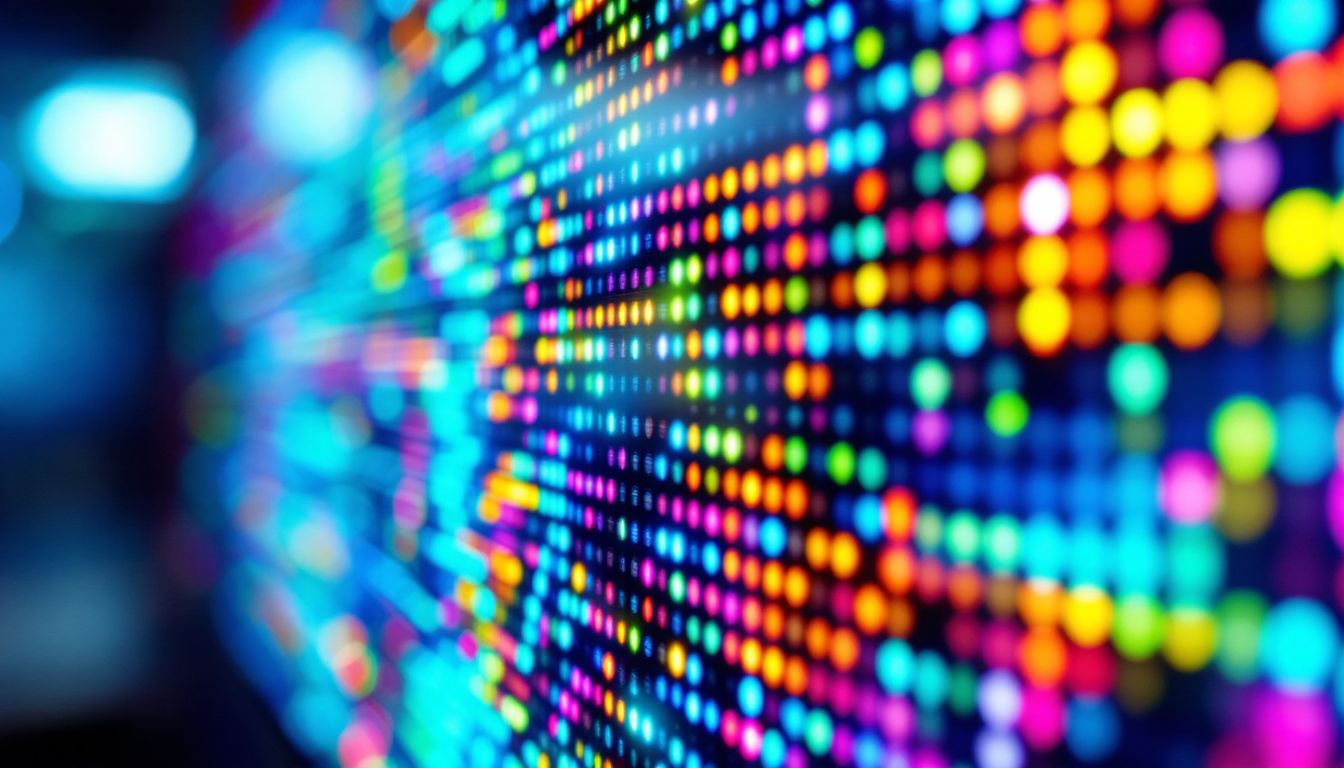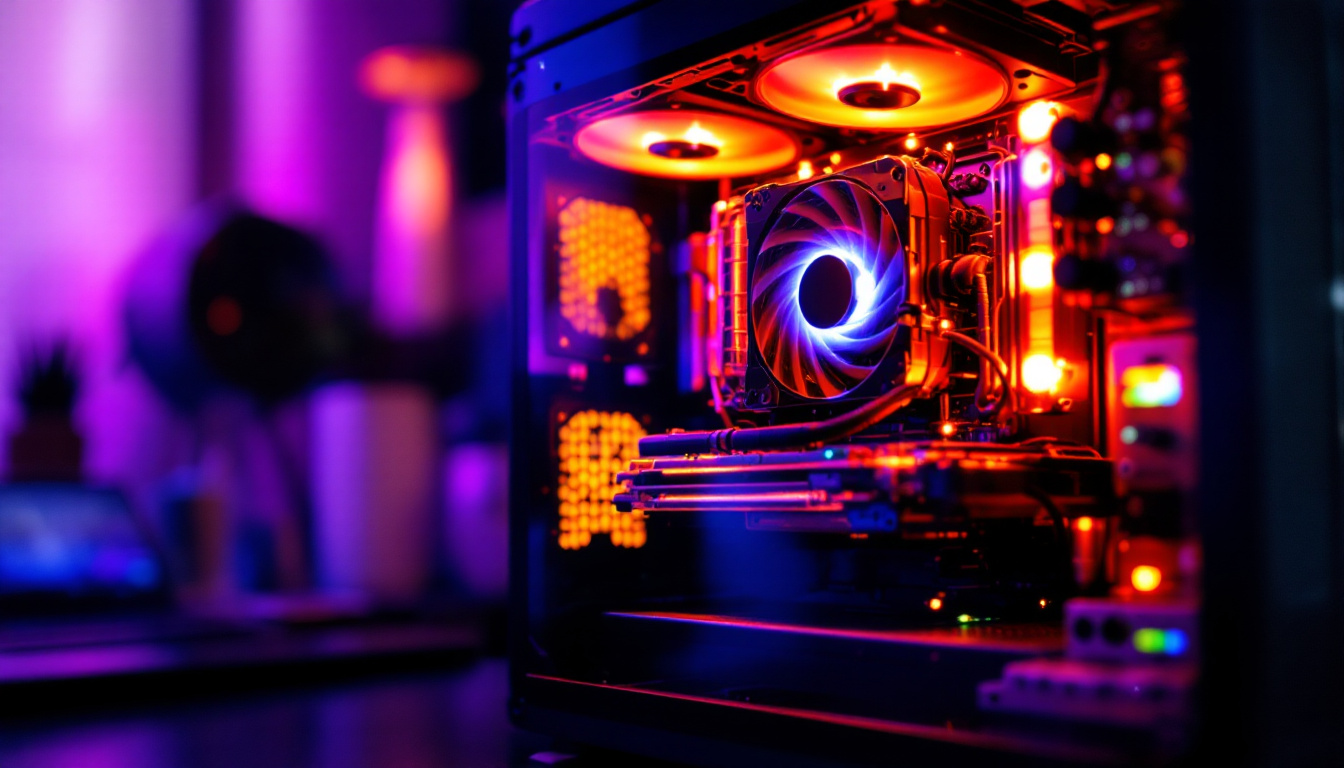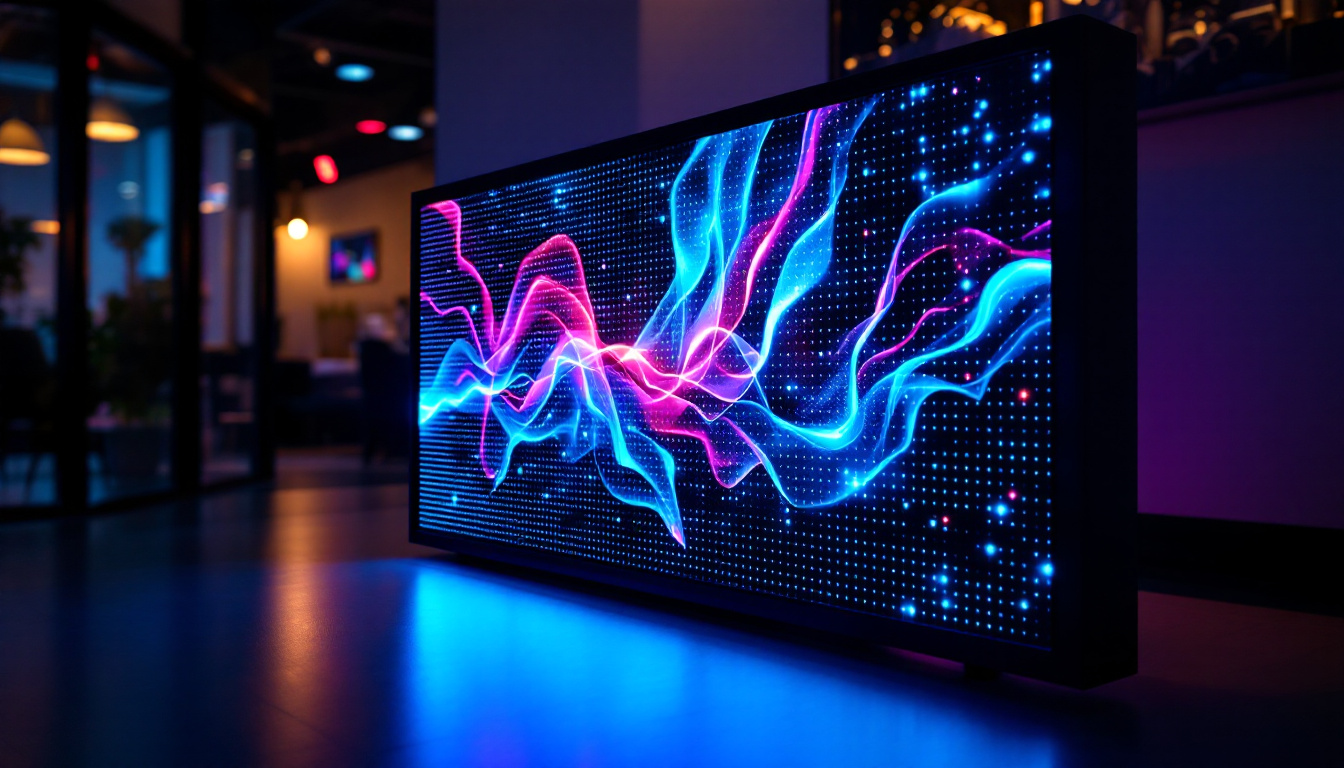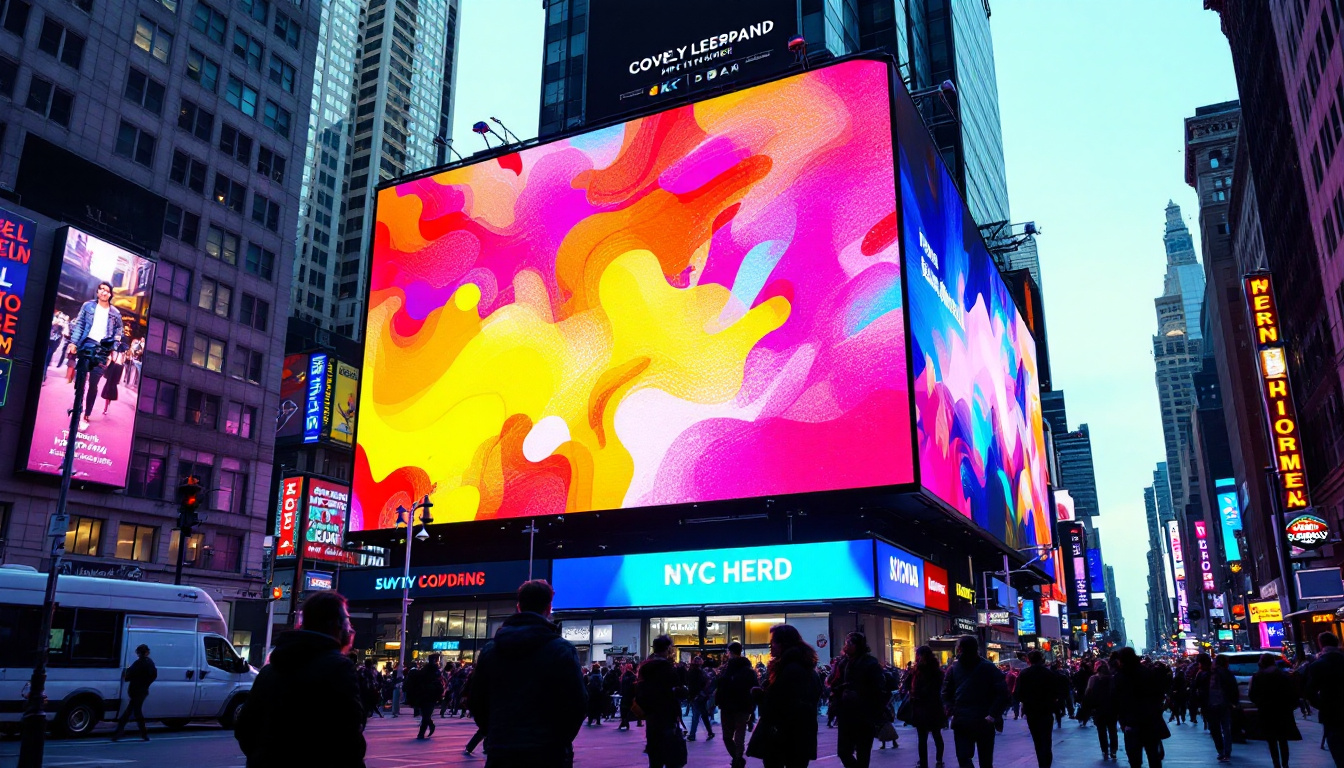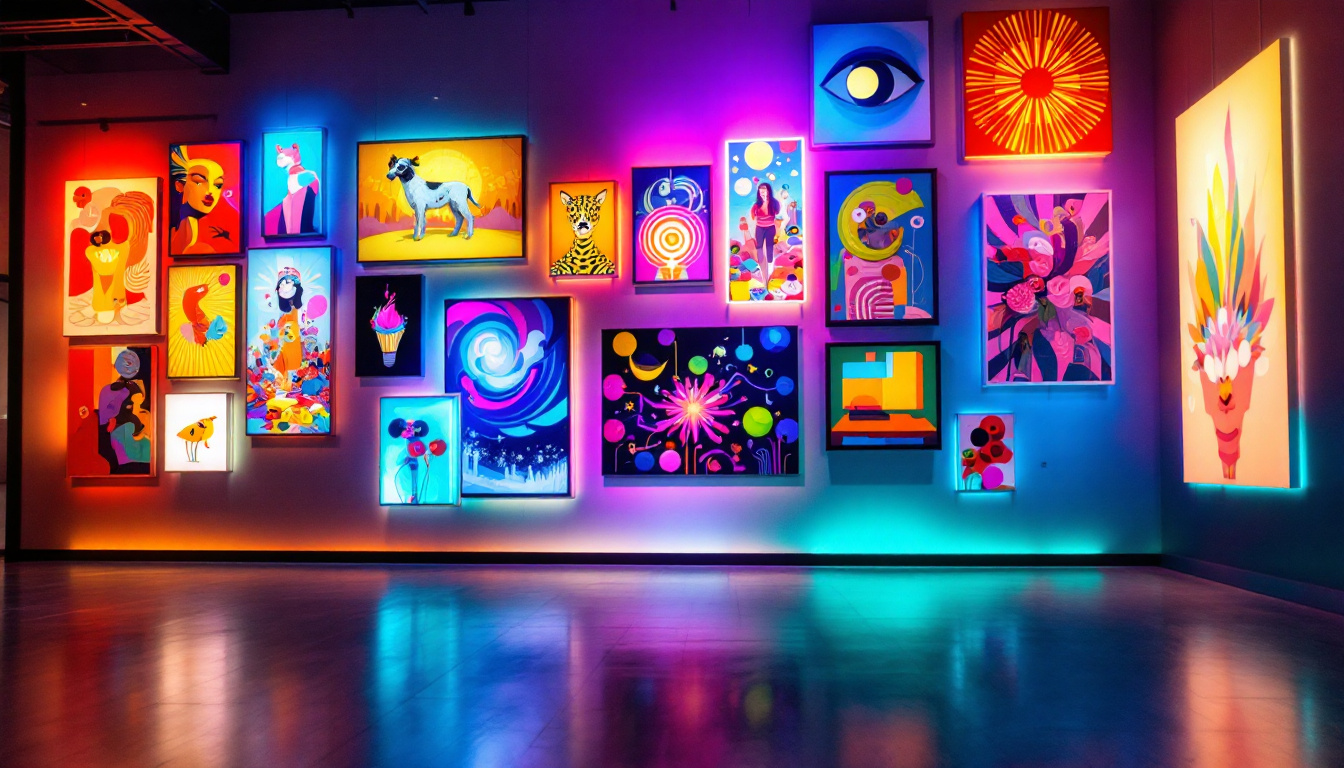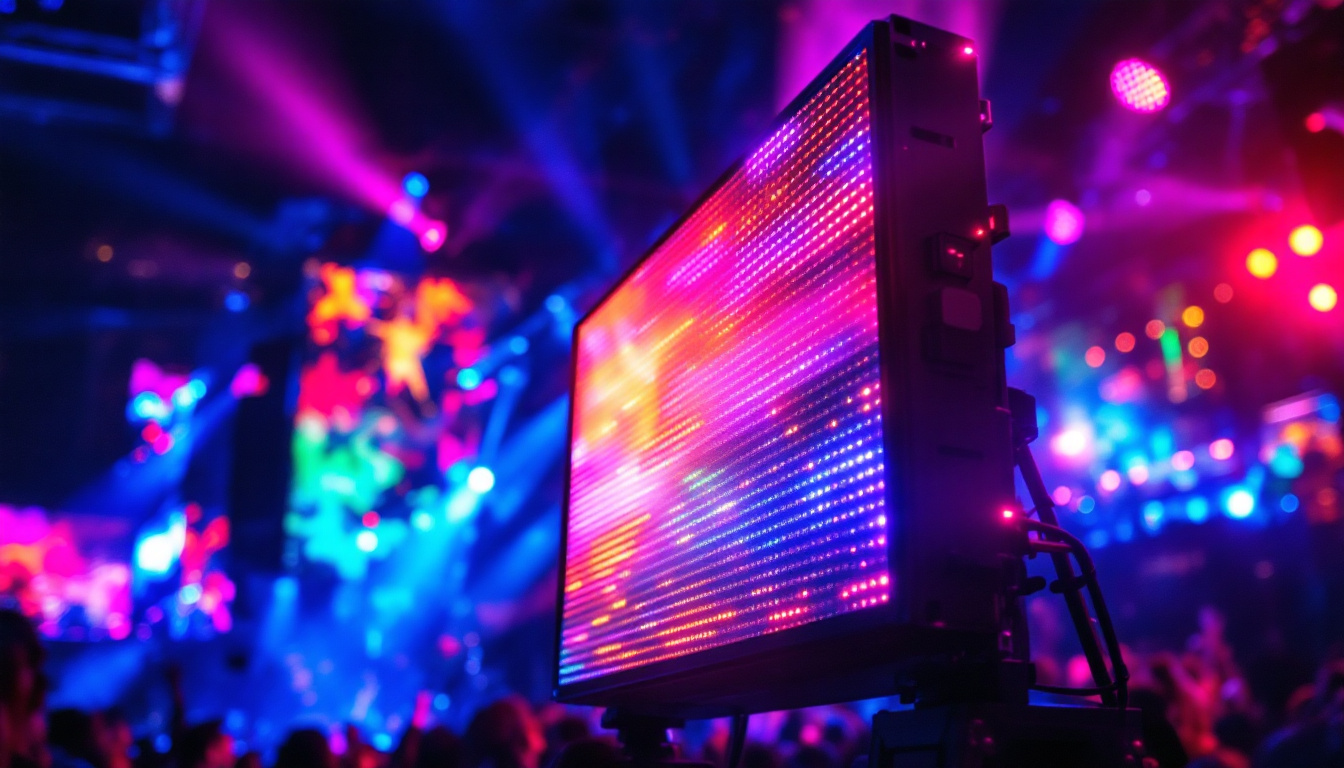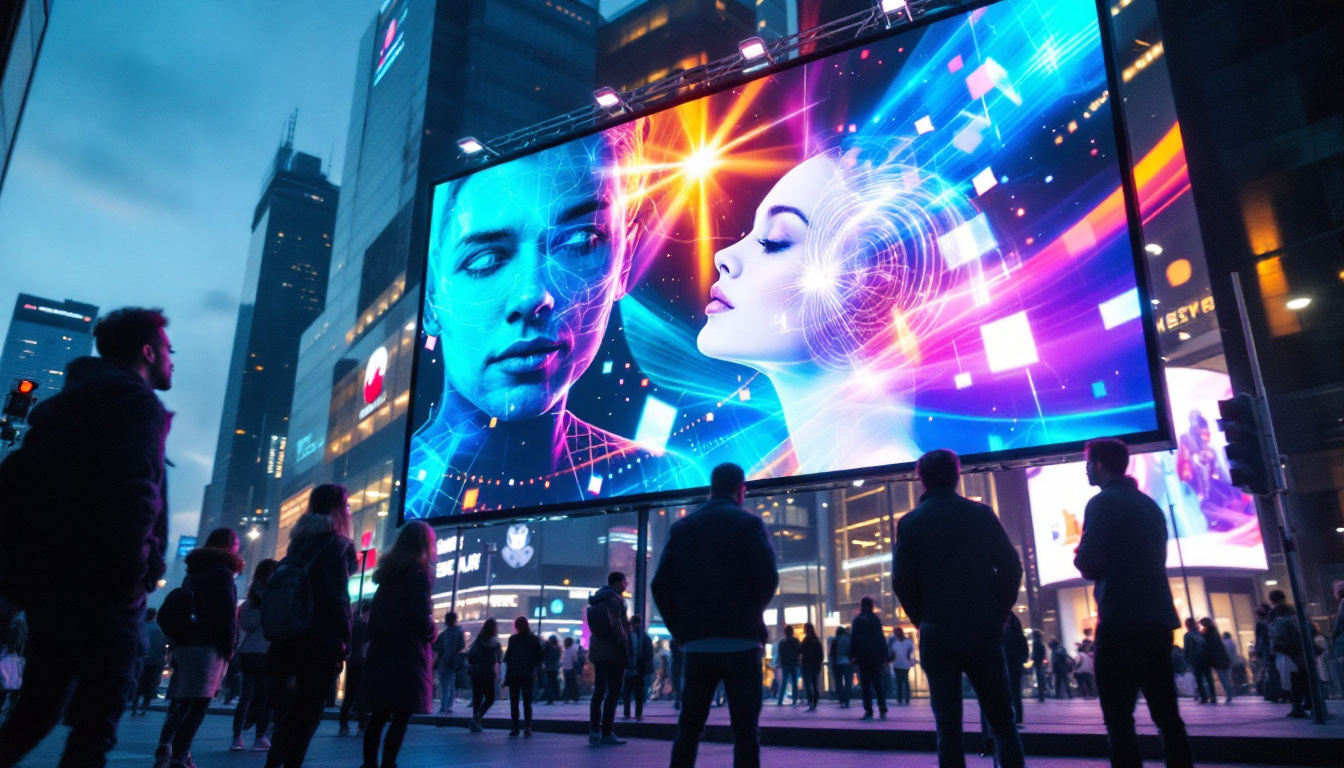In the modern world, LED displays have become ubiquitous, transforming the way information is presented and consumed. From large billboards in bustling cities to sleek screens in corporate environments, LED technology has revolutionized visual communication. This article delves into the intricacies of LED displays, their advantages, applications, and the technology behind them.
Understanding LED Technology
LED, or Light Emitting Diode, is a semiconductor device that emits light when an electric current passes through it. This technology has evolved significantly over the years, leading to the development of various types of LED displays. Understanding the fundamentals of LED technology is crucial for grasping its applications and advantages.
The Basics of LED
At its core, an LED is made from a material called a semiconductor, typically composed of elements like gallium, arsenic, or phosphorus. When electricity is applied, electrons move through the semiconductor, releasing energy in the form of light. This process is known as electroluminescence. Unlike traditional incandescent bulbs, which generate light through heat, LEDs are much more energy-efficient and have a longer lifespan. In fact, an LED can last up to 25,000 hours or more, significantly reducing the need for frequent replacements and contributing to lower maintenance costs.
Moreover, the efficiency of LEDs extends beyond just their longevity. They convert a higher percentage of electricity into light, with minimal energy wasted as heat. This efficiency not only translates to lower energy bills for consumers but also makes LEDs an environmentally friendly option. As the world increasingly focuses on sustainability, the shift from incandescent and fluorescent lighting to LED technology represents a significant step towards reducing carbon footprints and conserving energy resources.
Types of LED Displays
There are several types of LED displays, each designed for specific applications. The most common types include:
- Direct View LED (DVLED): Used for large outdoor displays and video walls, these screens consist of individual LED modules that can be arranged in various configurations.
- LED-backlit LCD: This technology combines traditional LCD screens with LED backlighting, enhancing brightness and color accuracy.
- Organic LED (OLED): A newer technology where organic compounds emit light, offering superior color contrast and flexibility in design.
Each type of LED display serves a unique purpose, catering to different markets and consumer needs. For instance, DVLED displays are often utilized in sports arenas and concert venues, where vibrant visuals and high brightness are essential for visibility in outdoor environments. On the other hand, OLED technology has gained popularity in the consumer electronics sector, particularly in high-end televisions and smartphones, due to its ability to produce deep blacks and rich colors. This versatility in application showcases the adaptability of LED technology, making it a preferred choice across various industries, from advertising to entertainment and beyond.
Advantages of LED Displays
LED displays offer numerous advantages over traditional display technologies, making them a preferred choice for many applications. Their benefits extend beyond mere aesthetics, impacting efficiency, durability, and user experience.
Energy Efficiency
One of the most significant advantages of LED displays is their energy efficiency. LEDs consume significantly less power compared to traditional lighting solutions. This not only reduces operational costs but also minimizes the environmental impact. For businesses, this can translate into substantial savings over time, making LED displays a cost-effective investment.
Longevity and Durability
LED displays are known for their longevity. With a lifespan of up to 100,000 hours, they outlast traditional displays by a wide margin. Additionally, LEDs are more resistant to shock and vibrations, making them suitable for outdoor environments where they may be exposed to harsh weather conditions. This durability ensures that businesses can rely on their LED displays for years without the need for frequent replacements.
High-Quality Visuals
The visual quality of LED displays is another compelling advantage. They provide high brightness levels, vibrant colors, and excellent contrast ratios. This makes them ideal for various applications, from advertising to entertainment. Furthermore, advancements in LED technology have led to the development of high-resolution displays, allowing for detailed images and videos that capture attention effectively.
Applications of LED Displays
The versatility of LED displays allows them to be used in a wide range of applications. From advertising to information dissemination, the potential uses are virtually limitless.
Advertising and Marketing
One of the most prominent applications of LED displays is in advertising. digital billboards and signage can be found in urban areas, airports, and shopping malls, capturing the attention of passersby. The ability to change content quickly and remotely allows businesses to tailor their messages to specific audiences or events, maximizing marketing effectiveness.
Events and Entertainment
LED displays are a staple in the entertainment industry. Concerts, festivals, and sporting events utilize large LED screens to enhance the audience experience. These displays provide real-time information, visuals, and advertisements, creating an immersive environment. The flexibility in size and shape allows for innovative designs that can fit any venue.
Corporate and Educational Use
In corporate settings, LED displays are used for presentations, meetings, and training sessions. Their ability to present high-quality visuals makes them ideal for displaying complex data and engaging presentations. In educational institutions, LED screens can enhance learning experiences, providing interactive and dynamic content that captures student interest.
The Technology Behind LED Displays
Understanding the technology behind LED displays provides insight into their functionality and performance. Several key components work together to create the stunning visuals that LED displays are known for.
Pixel Configuration
LED displays are made up of tiny units called pixels. Each pixel consists of red, green, and blue (RGB) LEDs, which combine to produce a wide spectrum of colors. The arrangement and density of these pixels determine the display’s resolution. Higher pixel density results in sharper images and better detail, making it essential for applications requiring high visual fidelity.
Control Systems
Control systems play a crucial role in managing LED displays. These systems allow users to upload content, schedule playback, and adjust settings remotely. Advanced control systems can synchronize multiple displays, creating a cohesive visual experience across large areas. This capability is particularly valuable for large-scale advertising campaigns or events where multiple screens are used.
Heat Management
Heat management is a critical aspect of LED display technology. While LEDs are more efficient than traditional lighting, they still generate heat. Effective heat dissipation systems are necessary to maintain optimal performance and extend the lifespan of the display. Many LED displays incorporate cooling systems, such as heat sinks and fans, to ensure that temperatures remain within safe limits.
Challenges and Considerations
Despite their numerous advantages, LED displays also face certain challenges and considerations that potential users should be aware of. Understanding these factors can help in making informed decisions regarding the implementation of LED technology.
Initial Costs
While LED displays offer long-term savings through energy efficiency and durability, the initial investment can be significant. High-quality LED screens, especially those with advanced features, can be expensive. Organizations must weigh the upfront costs against the potential benefits and savings over time. For many, the long-term advantages justify the initial expenditure.
Maintenance and Upkeep
Although LED displays are known for their longevity, they still require regular maintenance to ensure optimal performance. Dust, dirt, and environmental factors can affect image quality. Regular cleaning and periodic inspections are necessary to maintain the display’s appearance and functionality. Organizations should factor in these maintenance needs when planning their LED display investments.
Content Management
Effective content management is crucial for maximizing the impact of LED displays. Organizations must invest time and resources into creating engaging and relevant content. This includes not only the visual elements but also the messaging. Poorly designed or irrelevant content can diminish the effectiveness of the display, leading to wasted investment.
The Future of LED Displays
The future of LED display technology looks promising, with continuous advancements on the horizon. As technology evolves, new possibilities for LED applications are emerging, enhancing their role in various sectors.
Advancements in Technology
Ongoing research and development are leading to improvements in LED technology. Innovations such as microLED and miniLED are paving the way for even higher resolutions and better color accuracy. These advancements will enable the creation of thinner, lighter, and more flexible displays, expanding their potential applications.
Integration with Smart Technology
As smart technology continues to permeate various aspects of life, LED displays are also becoming smarter. Integration with IoT (Internet of Things) devices allows for real-time data display and interactivity. This capability can enhance user engagement and provide valuable insights for businesses, making LED displays an integral part of smart environments.
Sustainability Initiatives
With growing concerns about environmental impact, manufacturers are increasingly focusing on sustainability in LED display production. This includes using eco-friendly materials, reducing energy consumption, and implementing recycling programs for old displays. As sustainability becomes a priority, the LED industry is likely to adapt, ensuring that technology aligns with environmental goals.
Conclusion
LED displays have transformed the landscape of visual communication, offering unparalleled advantages in energy efficiency, durability, and visual quality. Their versatility allows for a wide range of applications, from advertising to education. As technology continues to advance, the future of LED displays looks bright, promising even more innovative uses and enhanced performance.
For businesses and organizations looking to enhance their communication strategies, investing in LED display technology presents a compelling opportunity. By understanding the technology, advantages, and potential challenges, stakeholders can make informed decisions that align with their goals and objectives. As the demand for engaging visual content grows, LED displays will undoubtedly play a crucial role in shaping the future of communication.
Discover LumenMatrix LED Display Solutions
Ready to elevate your visual communication with the latest in LED technology? LumenMatrix is at the forefront of innovation, offering a diverse range of LED display solutions tailored to your needs. Whether you’re seeking to enhance brand visibility with an Indoor LED Wall Display, captivate passersby with an Outdoor LED Wall Display, or create dynamic visual experiences with our Custom LED Displays, we have the cutting-edge technology to bring your vision to life. Experience the future of engagement with LumenMatrix’s state-of-the-art LED display modules. Check out LumenMatrix LED Display Solutions today and transform the way you communicate with your audience.

